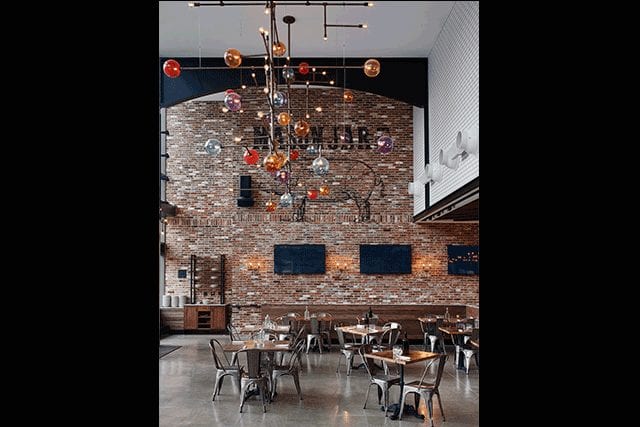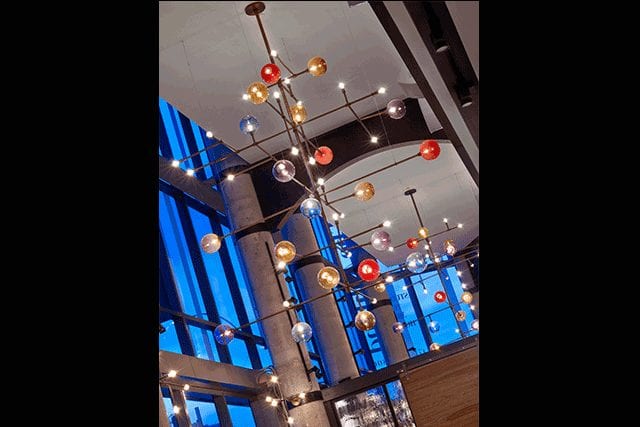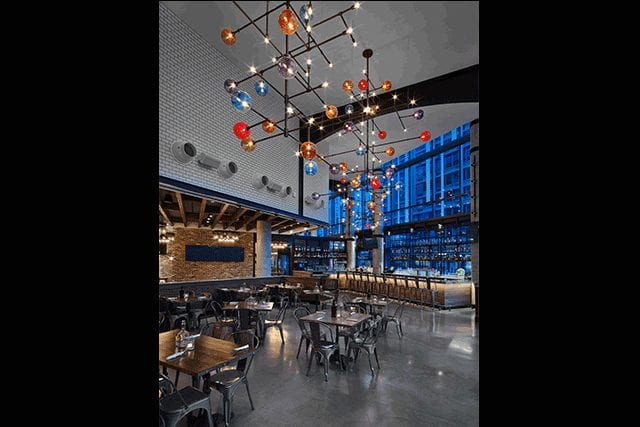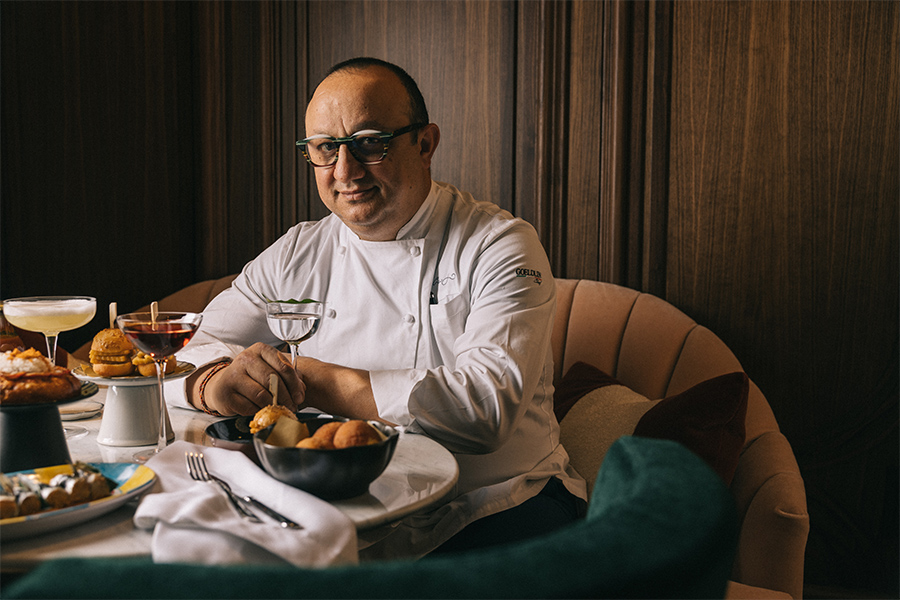With prolific glass sculptors such as Dale Chihuly and Toots Zynsky having walked through UrbanGlass’ doors since its founding in 1977—then called the New York Experimental Glass Workshop—the organization has more than earned its merit in the glassmaking community and the New York art world. Artists are drawn to the magical and captivating process of glassblowing, UrbanGlass executive director Cybele Maylone says, because the “seduction of the material itself is really powerful. There’s a little bit of danger, there’s heat, there’s teamwork, there’s light. There are all of these things that as human beings we’re just programmed to respond to.”
The nonprofit arts center has thrived in part because it champions innovation and has become an incubator for makers, drawing the attention of notable designers and architects along the way, including Jeffrey Beers, who not only was one of the first members of UrbanGlass, but also currently serves on its board. For Beers’ design of the Gotham Market food hall at the Ashland in Brooklyn, New York’s Fort Greene neighborhood, he wanted to create something that both unified the 200-foot-long space and engaged the community. He commissioned Adam Holtzinger and Susan Spiranovich of local lighting company KEEP (and instructors at UrbanGlass) to handcraft 180 multicolored glass globes for a series of chandeliers that hang throughout the space—UrbanGlass’ biggest project to date. “With handblown glass,” Beers says, “you perceive an artistry that nothing machine made or factory made in the glass world can match artistically.”

In addition, the organization is focusing on educating artists in glassmaking by expanding its fellowship program for designers to work in the studio over eight months to a year. “What we want those artists to do is spend time here” and form connections with the other artists in the studio, Maylone says. Those relationships are important “for moving the field forward and supporting multiple generations of artists in their creative pursuits.”




